Baseball History Comes Alive Now Ranked #2 by Feedspot Among All Internet Baseball History Websites and Blogs!
Guest Submissions from Our Readers Always Welcome!
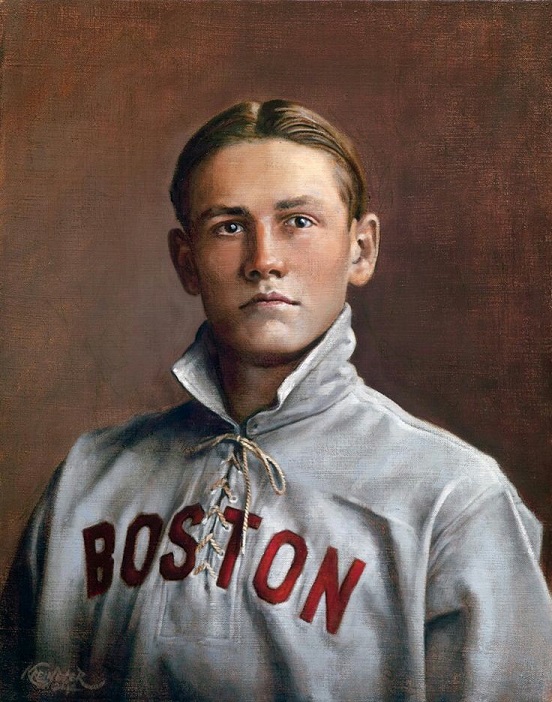
Subscribe to my blog for automatic updates and as a Bonus get instant access to my two Free Special Reports: “Memorable World Series Moments,” and “Gary’s Handy Dandy World Series Reference Guide!”
Smoky Joe Wood Photo Gallery
Click on any image below to start Photo Gallery:
Tribute to “Smoky Joe” Wood
“I threw so hard I thought my arm would fly right off my body.” Smoky Joe Wood, quoted in “The Glory of Their Times”
“Can I throw harder than Joe Wood? Listen, my friend, there’s no man alive can throw harder than Smoky Joe Wood!” Statement attributed to Walter Johnson (authenticity disputed).
The statement above by Walter Johnson may be a fabrication – it’s doubtful anyone could throw harder than Johnson – but it was common parlance during the Dead Ball Era; and it gives us a pretty good insight as to how Smoky Joe’s peers viewed his blazing fastball.
One of our readers, Glen Brown, requested some information on Smoky Joe Wood; and since we’re always happy to honor our readers’ requests, I thought this would be a good time to say a few words about one of the greatest pitchers of the Dead ball Era.
The beautiful colorization above of Smoky Joe Wood is by Graig Kreindler: https://www.facebook.com/GraigKreindler/photos_stream
Howard “Smoky Joe” Wood had an eleven-year major league career, as a pitcher from 1908-1915 with the Red Sox; and then as an outfielder from 1917-1922 with the Indians. Eighteen-year-old rookie Joe Wood joined the Red Sox in 1908, and, after three mediocre seasons, had his breakout year in 1911, winning 23 games with a 2.02 ERA, a no-hitter against the St. Louis Browns, and a 15-strikeout game.
Smoky Joe Wood’s Great 1912 Season:
Wood’s best year was 1912. He went 34-5, pitching a remarkable 344 innings, with a 1.91 ERA, and 258 strikeouts. He led the league in winning percentage (.872), shutouts (10), and complete games (35),becoming one of only 13 pitchers to win 30 or more games in a season since 1900. His 34 wins is the sixth-highest total. Smoky Joe also tied Walter Johnson’s record for consecutive victories with 16.
On September 6, 1912, Wood faced Johnson in a memorable pitching duel at Fenway Park. At the time, Wood had a 13-game winning streak and Johnson had recently ended his own American League record 16-game streak. The papers hyped the matchup like a heavyweight prize fight, and a standing-room-only crowd of 29,000 packed into Fenway. The game was a scoreless tie through five innings, until Duffy Lewis doubled off Johnson in the sixth, driving in Tris Speaker. Wood yielded only two hits as the Red Sox won the showdown, 1–0.
Wood’s 1912 World Series Performance:
The Red Sox faced John McGraw’s New York Giants in the classic 1912 World Series. With three victories apiece (and one tie), the teams met for the decisive Game Eight at Fenway with the great Christy Mathewson on the mound for the Giants. After the Red Sox tied the score 1–1 in the bottom of the seventh, Wood came in to pitch. He matched Mathewson in the eighth and ninth, and the game went into extra innings. In the top of the tenth, Fred Merkle’s single off Wood knocked in a run. But in the bottom of the tenth, Clyde Engle, pinch-hitting for Wood, hit an easy fly ball to Fred Snodgrass in center field. The usually-reliable Snodgrass dropped the ball. Given new life, the “Snodgrass Muff” cost the Giants as Speaker and Larry Gardner each knocked in a run. Wood and the Red Sox won the game 3–2 and the World Series 4-3..It was Wood’s third win in the Series against one loss. He also struck out 11 batters in one game, becoming the first pitcher to record double-digit strikeouts in the Fall Classic.
Injury Ends Wood’s Pitching Career:
The following year, 1913, Wood slipped on some wet grass fielding a bunt, breaking his thumb. He pitched in pain for the following three seasons; and although he still posted a winning record, he was never the same. He sat out the 1916 season and most of the 1917 season. Late in 1917, Wood was sold to the Indians, rejoining former teammate and friend, Tris Speaker, starting his second career as an outfielder. Wood finished in the top 10 in the American League in RBIs twice (1918 and 1922); and in 1918 he also finished in the top ten in home runs, doubles, batting average and total bases. He appeared in four games in the 1920 World Series.
Wood finished his major league career after the 1922 season with a pitching record of 117–57 (.672), a 2.03 ERA, and 989 strikeouts. His lifetime batting average was .283 with 23 home runs, and 325 RBIs. He was a member of three World Series championship teams (1912, 1915, and 1920). After his career ended, he accepted an offer to coach the Yale University baseball team where he remained for the next 20 years. Smoky Joe Wood passed away on July 27, 1985, aged 95.
-Gary Livacari
Photo Credits: The beautiful featured photo colorization of Smoky Joe Wood by Graig Kreindler: https://www.facebook.com/GraigKreindler/photos_stream ; Others from the Leslie Jones Boston Public Library collection; Baseball’s Golden Age, by Charles Conlon; and public domain.
Information: Excerpts edited from the Smoky Joe Wood Wikipedia page.
Subscribe to my blog for automatic updates and Free Bonus Reports: “Memorable World Series Moments” and “The Handy Dandy World Series Reference Guide.”

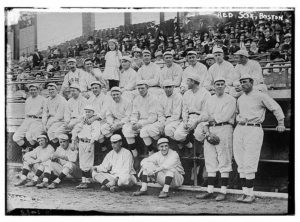
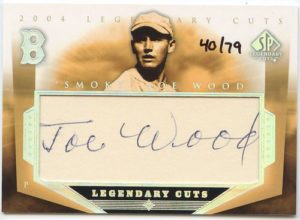
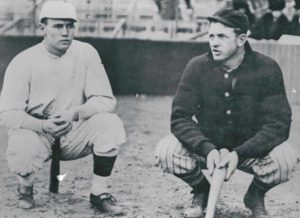
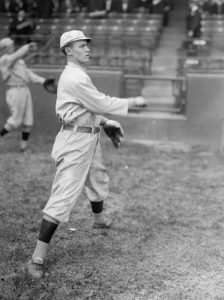
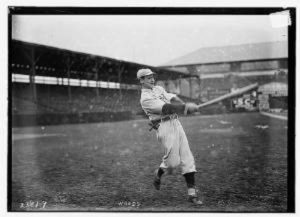
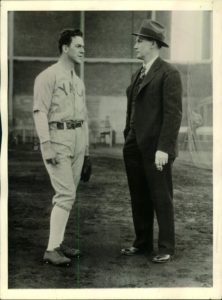
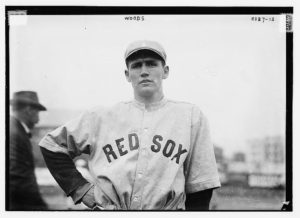
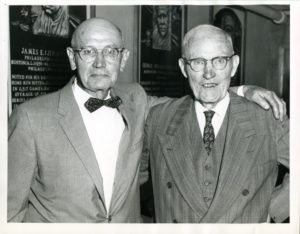
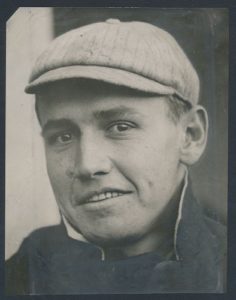
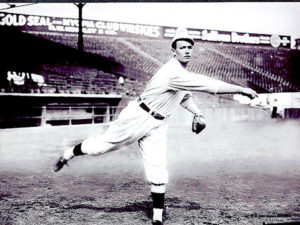
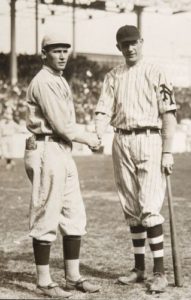
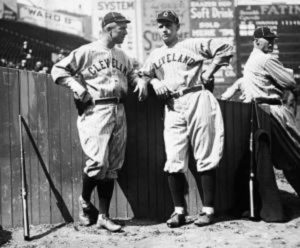
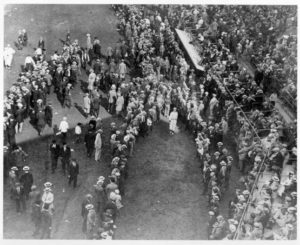
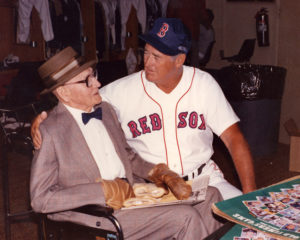
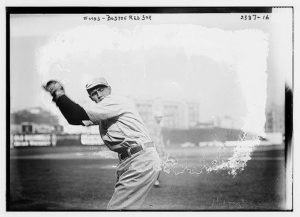
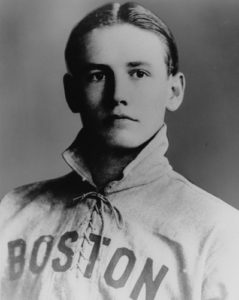
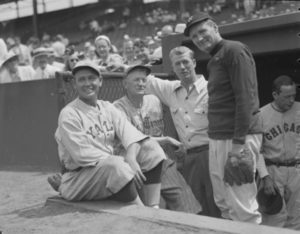
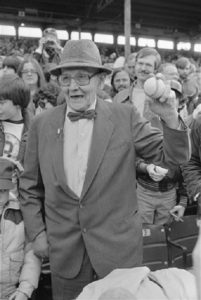
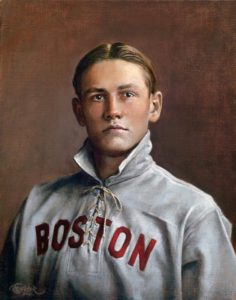
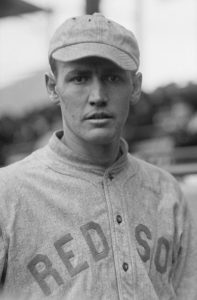
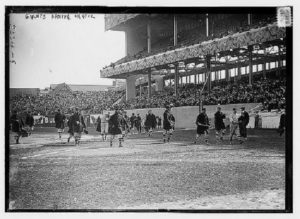
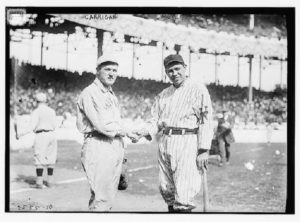
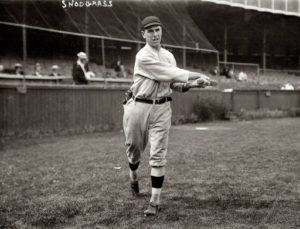
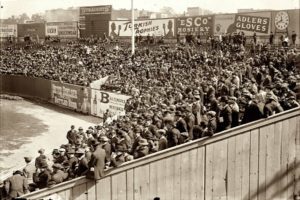
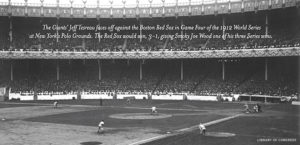
Gary Livacari, thank you for your short “Tribute to Smokey Joe Wood”. Very well done because upon finishing the article, the reader wanted to know more. Always a sign of a well written piece.
Dear Sir: Can you tell the date of when Smoky Joe Wood’s father (John) and mother (Beckie) died? Did either of them ever see Joe pitch in the major leagues? thank you, Barry Warren